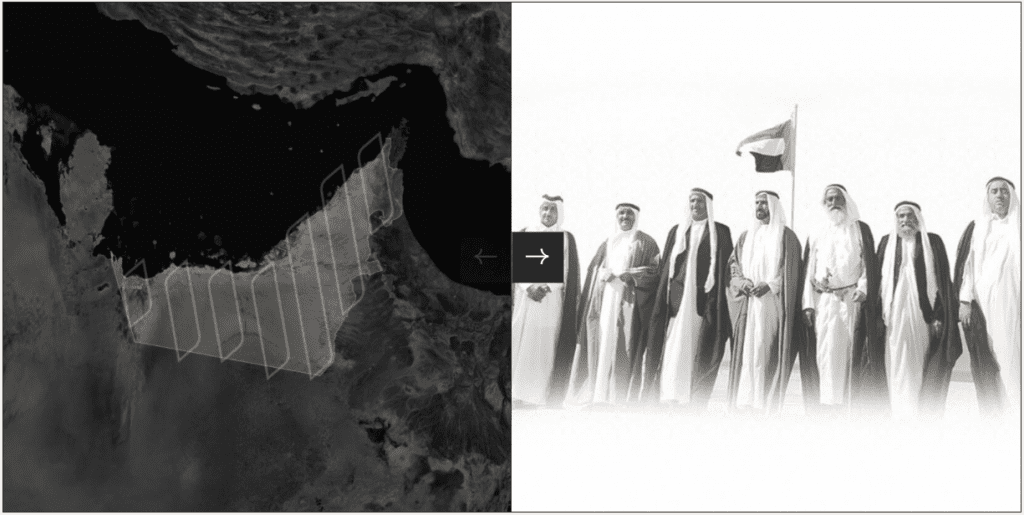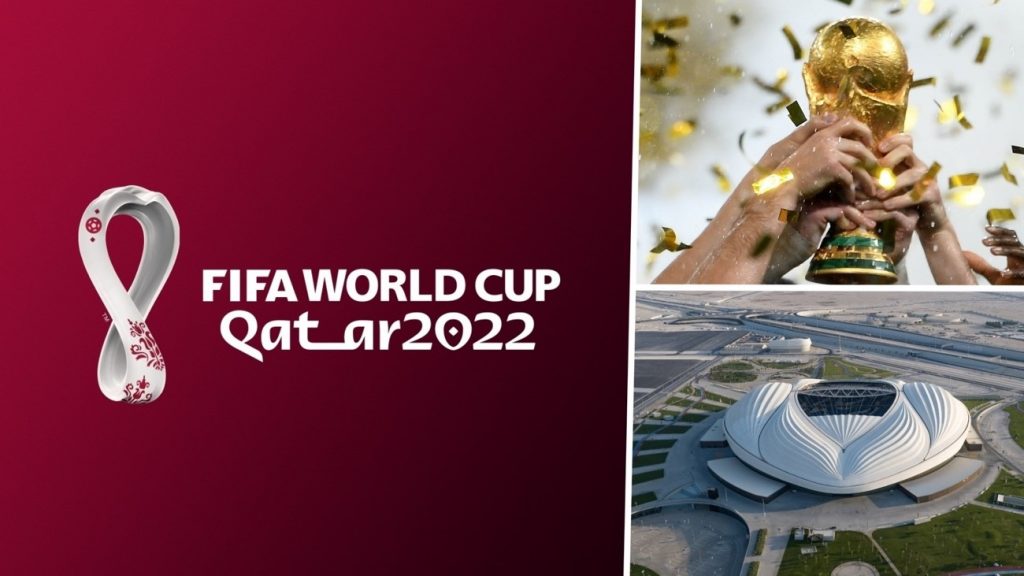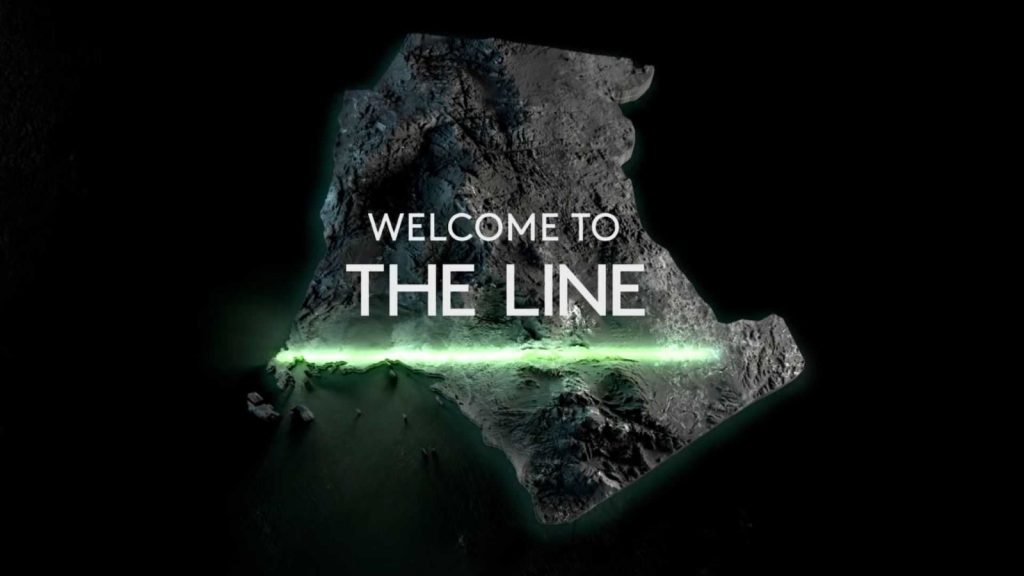Building a strong and effective Nation Brand that is both original and long-lasting is a challenging task, especially if it requires a substantial improvement of the country’s image and international reputation. Countries that are located in complex geopolitical areas can face even bigger difficulties of achieving a desired reputation. In this article we take a look at how some countries that are located in turbulent, yet resource-abundant areas, have made efforts to build and maintain their Nation Brands. Which difficulties have they faced and how have they overcome the gap between perceptions and reality?
The social and economic contextualization of the Gulf countries
The Gulf countries are often perceived as places that are abundant in natural resources, that offer high living standards to their citizens, and stand out for their differential cultural aspects. But what distinguishes the monarchies from one another and what steps have they taken to highlight it? Let us first take a short look at the region’s socio-economic context to then analyse their Nation Branding efforts.
Being one of the richest regions in hydrocarbon reserves in the world, the Gulf countries have been on the world map mainly as the oil-exporters that have built the strongest welfare states in the region of the Middle East. The discovery of oil on the peninsula between the 1930-1960s pushed the Gulf countries into fast development, turning them into a top destination for thousands of foreign workers who built the cities that today stand out for their cutting-edge architecture and infrastructures.
In 1981, Saudi Arabia, UAE, Oman, Kuwait, Qatar and Bahrain established the Gulf Cooperation Council (GCC) which has successfully strengthened the member states’ economic and political cooperation and improved the representation of their economic and political interests in the global arena. Today, the GCC countries together hold about 40% of the world’s proven crude oil reserves, they have a common market for the movement of goods and services and plans of adopting a common currency are underway.
After decades of dependence on temporary foreign workforces and revenues generated from the extraction and sale of state-owned natural resources, diversifying the export-reliant economies has become a goal for all the GCC member states, especially in the light of climate change and the future scarcity of oil and gas. This is why the UAE, Qatar, and most recently Saudi Arabia have resorted to building their own strategies to attract foreign talent and investment, increase the share of private enterprises and augment youth employment in the non-governmental sector.
Nation Branding in the UAE and Saudi Arabia
The UAE enjoys a reputation that offers economic opportunity, meritocratic accountability, and relatively liberal social norms. It was also one of the first Gulf states to make significant progress in diversifying its economy, particularly by fostering tourism and the construction sector in Dubai. Being the second biggest economy among the GCC countries, UAE ranks near the top in human development and economic indicators. As a Country Brand, UAE is a very high-ranked brand in all Middle East. In the Asian context, it takes the 13th position in The Bloom Consulting Country Brand Ranking (2022-2023 Trade edition).
In 2019 the UAE launched a new visual identity to represent the Nation Brand, but the “branding” strategy of the UAE goes back in the 1980s, when it began to position and promote itself as a world financial gateway through the means of the Department of Tourism and Commerce Marketing.

The economic growth went hand in hand with branding UAE’s main “cities” Abu Dhabi and Dubai which now outperform other cities of the region.
Having been one of the first emirates to invest in Place Branding, Dubai is currently the regional leader in terms of its brand value and recognition. However disputable its image as a city of superlatives may be, it has clearly managed to establish a consistent narrative and a universal concept of openness, luxury and opportunity that helped drawing the attention of its target audience and achieving its strategic goals.
Abu Dhabi’s foremost concern was to assure that its identity was clearly distinguishable from the “extravagance” of Dubai. While maintaining a similarly luxurious reputation, the Central Idea of Abu Dhabi brand is to become the new cultural mecca of the world. Following this goal, the capital city of the UAE has been concentrating the world’s most famous museums and cultural events on Saadiyat Island which is designed to become the region’s biggest cultural district. Including the already finished Louvre Abu Dhabi, it awaits the inauguration of Guggenheim Abu Dhabi, Sheikh Zayed National Museum and a Performing Arts Center which are all expected to turn Abu Dhabi into a prominent cultural hub that will attract visitors from across the GCC countries and abroad.
A few hundred kilometres west of Abu Dhabi, Qatar is another Gulf country that has made efforts of gaining an international reputation. Despite or perhaps because of having the third biggest gas reserves in the world, Qatar has struggled to create a consistent Country Brand that would clearly differentiate it from the rest of the GCC countries. Even though its capital, Doha, is the third most visited city among the Gulf countries, the country ranks relatively low in our Bloom Consulting Country Brand Ranking where it is positioned 27th among all Asian countries.
Since the 1990s, Qatar has put its stakes on hosting international conferences and enhancing its involvement with global organizations while also organizing a series of world-class sports events, such as the Qatar International Rally or the 2022 FIFA World Cup.

While the latter has improved the country’s reputation on the international sports circuit, Qatar relies on another important asset that has helped extend its soft power: the Al Jazeera news channel. Al Jazeera is funded by the Qatari government, and it is currently one of the most influential Arabic-language news channels in the world which gives it an enormous potential to transmit the values of Qatar Nation Brand. However, questions about Al Jazeera and the Qatari government’s standing in some political issues have been detrimental for the country’s reputation, interfering the communication of a clear Central Idea of what Qatar can offer the world.
Probably the most exciting Place Branding developments are currently taking place in Saudi Arabia. In 2019, the country that had thus far been practically closed for foreign visitors launched a tourist visa programme which triggered ramping investment in infrastructure. Three years before that, Saudi Arabia had released an ambitious plan known as Vision 2030 for diversifying its economy by developing private and public service industries, including tourism, education, health, and recreation.
Vision 2030 is a strategic framework that foresees economic and investment activities that will decrease the country’s dependence on oil exports. Beyond the transformation of the economy, it is expected to change the image of Saudi Arabia through reforms in the political, social, and cultural spheres. Following the new strategy of building a ‘vibrant society’, Saudi Arabia has already organized numerous sports and cultural events. The vision is implemented through various megaprojects, such as the high-tech city Neom.

However, in order to define a clear Central Idea of what makes Saudi Arabia unique, it will need a comprehensive Country Brand strategy that is backed by leadership, and proper coordination between government, the public and private sector, and the citizenry. Taking into consideration the size of Saudi Arabia, this could mean significant changes in the whole Region.
Riyadh in particular (A Bloom Consulting client) is subject to several ambitious Megaprojects, including Riyadh Sports Boulevard, Green Riyadh and Art initiative which will boost the capital’s cultural and social life.
Nation Branding: how to distinguish a Central Idea?
Looking at the three Arab countries’ recent advances in building their Nation brands, some common lines can be spotted. In the first place, it is noteworthy to highlight that unlike their counterparts in the Middle East and Asia, the Gulf countries are in a favourable situation to develop strong Nation Brands (and City Brands). As a rule, one of the biggest challenges for an enduring Nation Brand is to ensure that the strategy can be implemented and that it is adaptable to any government changes. As the Gulf countries rely on political stability and popular support to the countries’ rapid developments, they hold a major advantage in becoming one of the strongest Nation Brands in the world.
On a critical note, while having similar Central Ideas of uniqueness has helped the Gulf states stand out as a very extravagant niche market, the countries fall short on highlighting what makes them different from one another. Nonetheless, the GCC could use its already existing governing structures to develop a more comprehensive Region Brand strategy that would strengthen the individual Nation Brands and their goals.
Published on 22.07.2022.











